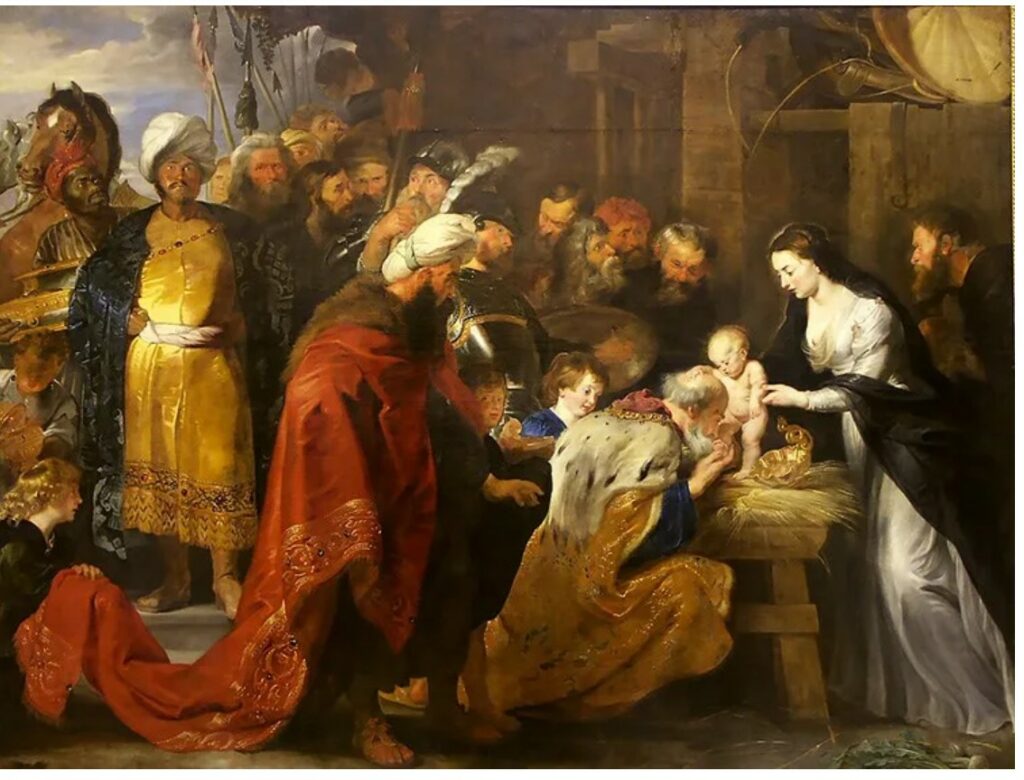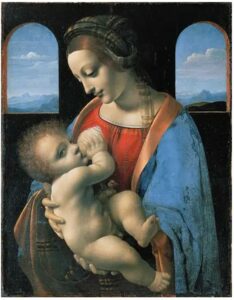Birth and Family Controversies About Jesus
A Plethora of Conspiracy Theories about Jesus and Christianity
The Circumstances of His Birth
The journey of Joseph and Mary from Nazareth to Bethlehem for the birth of Jesus is described in Luke 2. Critics note that there is no independent historical record of a Roman census at any time that required people to return to their ancestral towns to be counted. Furthermore, the requirement would have set off massive waves of migration across the Roman Empire (of which, there is no record).
Skeptics point out that the Christian version of the Bethlehem birth were created following Jesus’ death to align with the account of a coming Messiah from Bethlehem in the Old Testament The expectation that the Messiah would be of David’s lineage (2 Samuel 7:12-16; Isaiah 11:1-1;,Jeremiah 23:5-6). These prophecies were foundational in shaping Jewish expectations for the Messiah and may have used by Christians to affirm Jesus as the promised Savior and King.


Mary's Perpetual Virginity
Many Christians believe that Mary, mother of Jesus, remained a virgin throughout her life. This position seems to conflict with multiple mentions of Jesus having brothers and sisters in the New Testament, including Mark 3: 16; Matthew 1:25, Matthew 27:56, Acts 1:14, Galatians 1:19.
Proponents of the doctrine of Mary’s perpetual virginity interpret these references differently. One interpretation is that these “brothers” and “sisters” mentioned in the New Testament were cousins or close relatives of Jesus, rather than biological siblings. This interpretation allows for the belief in Mary’s perpetual virginity to be reconciled with the references to Jesus’ siblings in the New Testament.
While there are no canonical church scriptures conforming the belief, the non-canonical Protoevangelium of James, written circa 150 CE, suggest the belief in Mary’s perpetual virginity. This belief was further developed and solidified by early Church Fathers, including Origen of Alexandria ( “There is no child of Mary except Jesus, according to the opinion of those who think correctly about her” (Commentary on John, 1.4 in Greek) in 248 CE. and St. Jerome (“I must also entreat God the Father to show that the mother of His Son, who was a mother before she was a bride, continued a Virgin after her son was born…. We shall adduce the actual words of Scripture.” ( Against Helvidius 2) in 383 CE.
Mary’s Perpetual Virginity was officially declared official dogma of the Church at the Second Ecumenical Council in Constantinople in 553 A.D. That declaration called Mary “ever-virgin.” A century later, a statement by Pope Martin I in 649 CE at the Lateran Council I declared: “If anyone does not, in accord with the Holy Fathers, acknowledge the Holy, Ever-Virgin and Immaculate Mary as really and truly the Mother of God, inasmuch as she, in the fullness of time, and without seed conceived, by the Holy Spirit of God, Jesus the Word Himself, Who before all time was born of God the Father, and with integrity brought Him forth (incorruptibly bore Him), and after His Birth preserved her virginity inviolate, let him be condemned.” – t “Ever-virgin” meant Mary was a virgin before, during, and after Christ’s birth. St. Augustine and St. Jerome. By the fourth century, the idea of Mary’s perpetual virginity had become widely accepted within the Christian community.
One’s position on this matter typically rests on the interpretation of the text in the New Testament passages. If taken the English translation is taken literally, Jesus had biological half-siblings, children of Joseph and Mary. Others argue that the Greek word for “brothers” can also mean cousins or close relatives, aligning with the concept of Mary’s perpetual virginity.
Human attraction to conspiracy theories is a complex phenomenon rooted in psychological, social, and cognitive factors. Since religious matters are often difficult to understand or interpret, conspiracy theories often emerge, filling gaps in understanding with narratives that provide a sense of order and control. These narratives appeal to our innate desire for explanations and patterns in the world around us.
Conspiracy theories typically arise is due to cognitive biases, such as confirmation bias and pattern-seeking behavior. Confirmation bias leads individuals to seek out and interpret information in a way that confirms their existing beliefs, while pattern-seeking behavior drives us to find connections and meaning even where none may exist.
Conspiracy theories often thrive in environments of distrust, uncertainty, and social division. When people feel marginalized or disillusioned with mainstream institutions or authorities, they may be more inclined to embrace alternative explanations that challenge the status quo. While social media and online echo chambers amplify the spread of conspiracy theories today, they have always found ample opportunity in communities where like-minded individuals reinforce each other’s beliefs and reject dissenting viewpoints.
Religious issues are fertile ground for conspiracy theories because religion deasl with the unseen and unexplained, leaving room for interpretations and alternate explanations. In addition, religious texts written in centuries past in different cultures and languages can be open to interpretation. Finally, the sense of belonging and community in religion can create a closed loop where information is reinforced within the group, making it harder to challenge beliefs with outside evidence.
Biblical researchers need to maintain a balance between open-mindedness and doubt, questioning sources, examining the evidence and the logic behind each claim. Religious belief is about faith, not fact. Even so, faith depends on trust and trust comes from experience.
